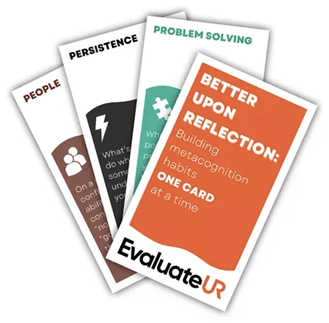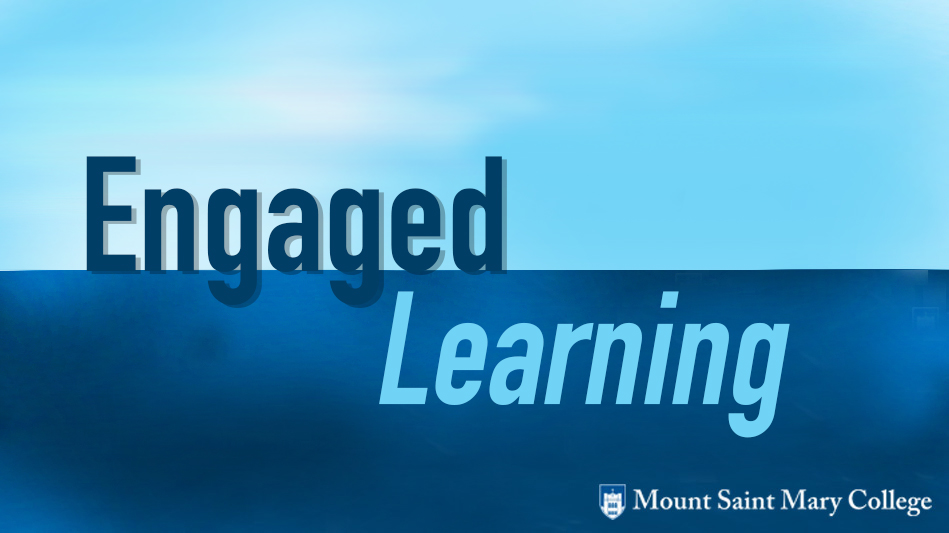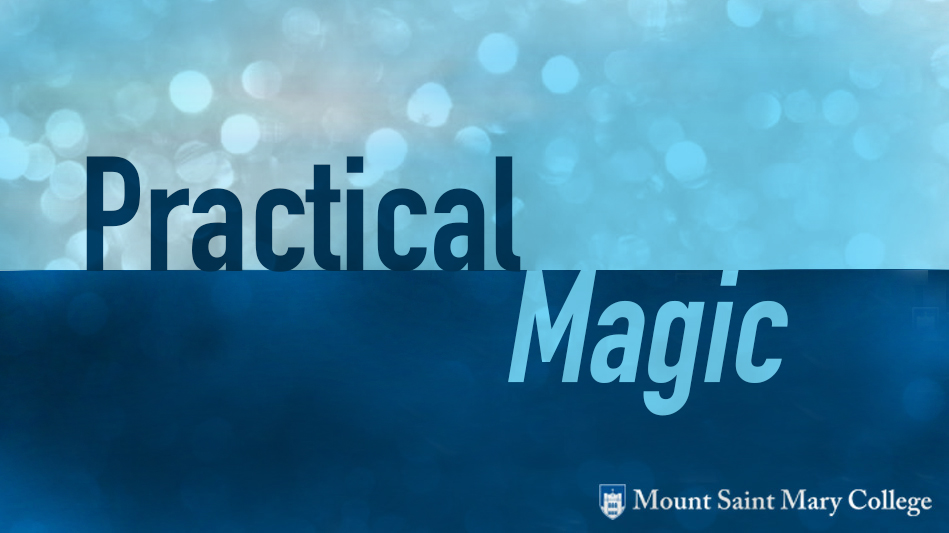by Charity Peak, U.S. Air Force Academy*
Few faculty would argue that teaching requires asking questions of students, but rarely do instructors consider the what, how, or why of their verbal questioning behavior. Without metacognition of questioning strategies, this foundational instructional technique can be wasted on habit rather than design.
Faculty question students for a variety of reasons. Surprisingly, most faculty use verbal questioning as a classroom management technique. This might look something like a machine gun approach, firing question after question in multiple directions in an effort to keep the class engaged. See a student dozing? Fire! Someone checking Facebook? Fire! Some researchers estimate that teachers ask as many as 120 questions per hour—a question every 30 seconds (Vogler, 2005)!While this strategy may keep students on their toes, it does not necessarily aid student learning. Often these questions are low level cognitive questions, requiring mainly recall of factual knowledge. If teachers wish to develop deeper levels of thinking, they must stimulate their students’ own evaluation of the content rather than merely requesting regurgitation of the basics.
At the other end of the spectrum is a master teacher’s approach to instruction that utilizes a specific questioning taxonomy proven to be effective for a variety of disciplines. Rather than using the run-and-gun approach, this faculty member masterfully leads students from one point to another through a series of thoughtfully derived questions. He or she might start with the big picture and lead to a specific point or, in contrast, begin with minutia but guide students to one main relevant theme by the end of class. Watching these instructors in action is often humbling. However, even these most masterful teachers are often not cognitively aware of the strategies they are using. They have figured out what works over time, but they likely can’t point to a specific methodology they were using to support their instruction. Rather than shooting in the dark over many years, faculty would be wise to understand the metacognition behind verbal questioning if they wish to be effective in creating higher order thinking in their students.
Moving beyond simple recall in questioning is certainly good advice for creating more opportunities in thinking, but it’s easier said than done. Faculty often report feeling uncomfortable trying new questioning strategies. Asking higher order thinking questions for application, analysis, and synthesis often creates extensive dead air time in the classroom. More difficult questions require more time to think, often in silence. Also, students are reluctant to change the very well-established classroom culture of “getting the answer right.” Based on years of classroom experience, students will often fire answers back, playing the game of “Guess what’s in the teacher’s head.”
Despite these cultural norms, it is possible through metacognition to improve verbal questioning. Some scholars argue that faculty should understand some of the basic questioning taxonomies that exist and how they influence learning. For example, asking open-ended versus closed-ended questions will alter the cognitive level of thinking and response (Rothstein & Santana, 2011). Open-ended questions tend to achieve thinking which is higher on Bloom’s Taxonomy. Students are required to generate thoughtful answers to questions as opposed to firing one to three word facts. For example, instead of asking, “What is an adverb?” faculty might ask students to apply their learning by identifying an adverb in a sentence or even creating their own sentences using adverbs. Better yet, The Right Question Institute (Rothstein & Santana, 2011) encourages faculty to get students to ask their own questions rather than teachers doing all the work. After all, the person generating the questions is arguably the person who is learning the most.
Other scholars suggest that faculty should consider the sequencing and patterns that are possible when asking questions (Vogler, 2005). For example, cognitive psychologists often suggest a funneling or convergent questioning technique, which leads students from big picture to details because it mirrors the cognitive functioning of the brain. However, depending on the subject area, faculty may find success in guiding students from narrow to broad thinking (divergent) by first asking low-level, general questions followed by higher-level, specific questions. Some disciplines lend themselves to using a circular path to force critical thinking in students. This pattern asks a series of questions which eventually lead back to the initial position or question (e.g., “What is justice?”). While students often find these patterns frustrating, it emphasizes to students the value of thinking rather than correctly identifying the right answer.
Ultimately, though, faculty would be wise to spend less energy on the exact strategy they plan to use and instead focus on the main goals of their questioning. In Making Thinking Visible (Ritchhart, Church, & Morrison, 2011), the authors propose that the purpose of questioning is really to make our students’ thinking visible by understanding our own expert-level thinking—aka metacognition. To do this, the authors suggest that instead of complex taxonomies and patterns, we should focus our efforts on three main purposes for questioning in our classes:
- Modeling our interest in the ideas being explored
- Helping students to construct understanding
- Facilitating the illumination of students’ own thinking to themselves (i.e., metacognition)
By asking authentic questions – that is, questions to which the teacher does not already know the answer or to which there are not predetermined answers – instructors create a classroom culture that feels intellectually engaging, fosters a community of inquiry, and allows students to see teachers as learners (31). Faculty must frame learning as a complex communal activity rather than the process of merely accumulating information. Thoughtful questioning creates this classroom climate of inquiry, but only if faculty are metacognitive about their purpose and approach to using this critical pedagogical strategy. Without metacognition, faculty risk relying on the machine gun approach to questioning, wasting valuable class time on recall of factual information rather than elevating and revealing students’ thinking.
Ritchhart, R., Church, M., and Morrison, K. (2011). Making thinking visible: How to promote engagement, understanding, and independence for all learners. San Francisco: Jossey-Bass.
Rothstein, D., and Santana, L. (2011). Make just one change: Teach students to ask their own questions. Boston: Harvard Education Press.
Vogler, K. E. (2005). Improve your verbal questioning. The Clearing House, 79(2): 98-103.
* Disclaimer: The views expressed in this document are those of the authors and do not reflect the official policy or position of the U. S. Air Force, Department of Defense, or the U. S. Govt.



